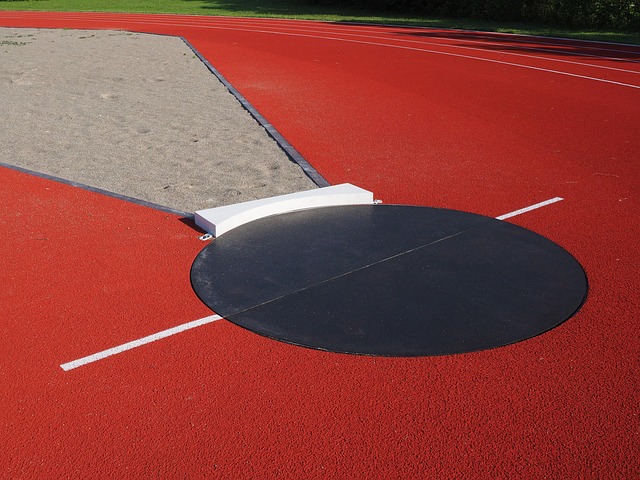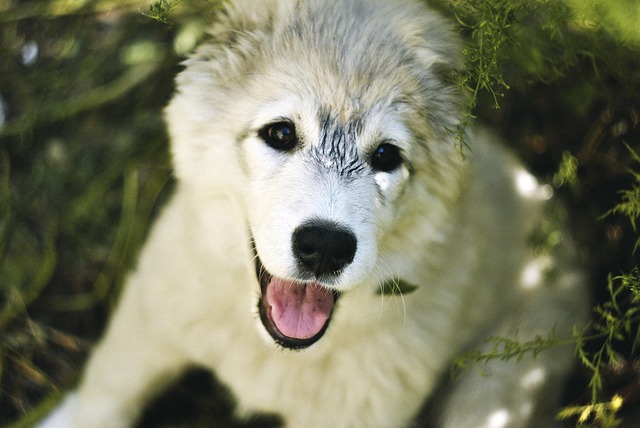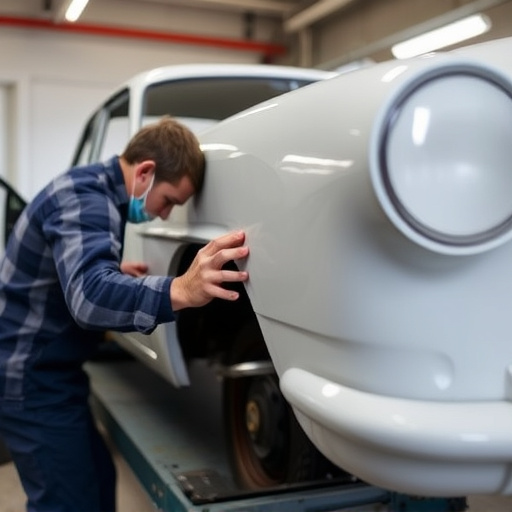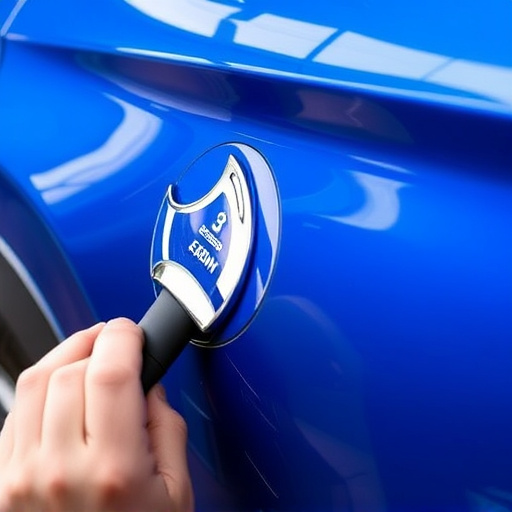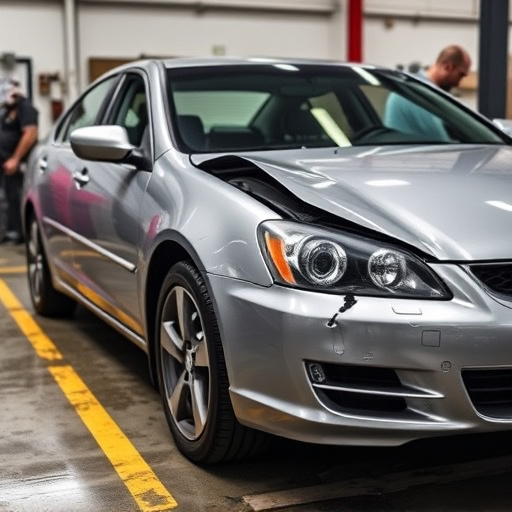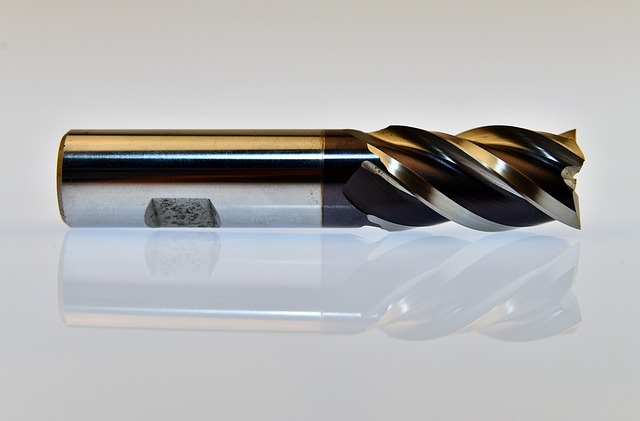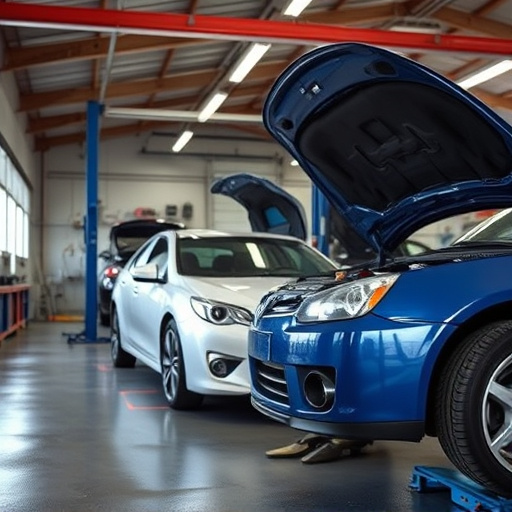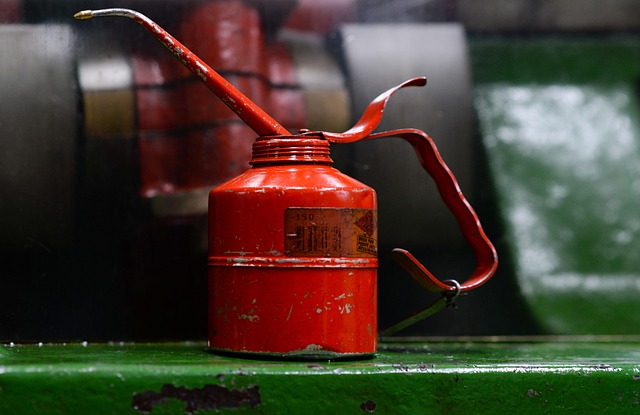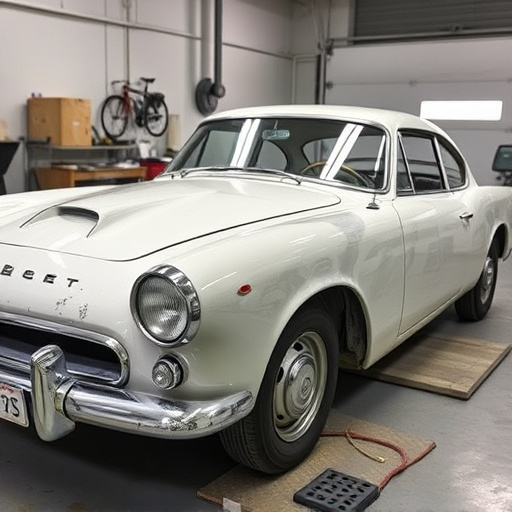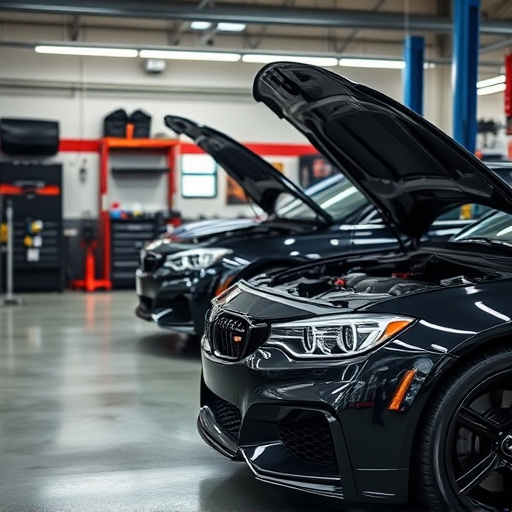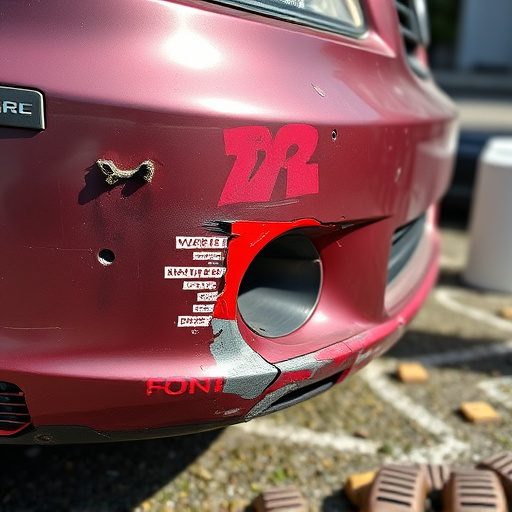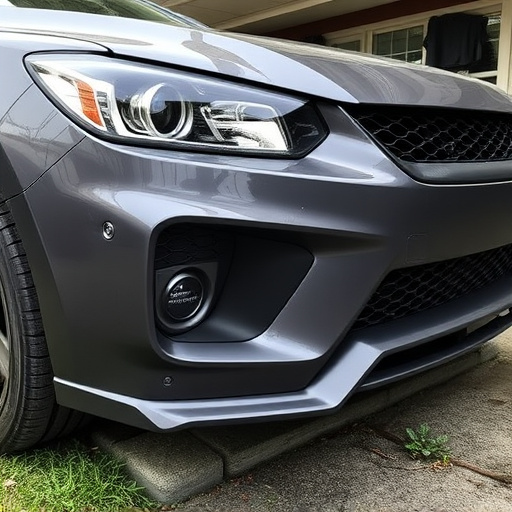Vehicle paint systems are multi-layered structures designed for protection and aesthetics. Understanding these layers—base coat, pigmented layer, clear coat—is key to estimating paint repair cost, which varies based on damage complexity, application methods, color matching techniques, vehicle size, body style, specialized paints, and labor rates. These factors ensure accurate tailored estimates for specific vehicle needs, focusing on both material and labor expenses.
“Uncovering the intricate relationship between vehicle type and paint repair costs is essential for anyone navigating the automotive body shop landscape. This article delves into the complex world of vehicle paint systems, revealing how varying layers and their unique characteristics impact repair expenses. We explore the financial implications of vehicle size and body style, shedding light on why larger, more ornate designs often come with higher tags. Beyond square footage, we uncover crucial factors like specialized paints and labor complexities specific to certain car types, providing a comprehensive guide for understanding paint repair cost estimates.”
- Understanding Vehicle Paint Systems: Delve into the different types of vehicle paint layers, their complexities, and how they impact repair costs.
- Impact of Vehicle Size and Body Style: Explore how larger vehicles with more intricate body panels typically incur higher paint repair expenses compared to smaller, simpler designs.
- Considerations Beyond Just Square Footage: Examine various factors like rare or specialized paints, panel replacement vs. repainting, and labor costs specific to certain vehicle types that influence the overall price estimate.
Understanding Vehicle Paint Systems: Delve into the different types of vehicle paint layers, their complexities, and how they impact repair costs.
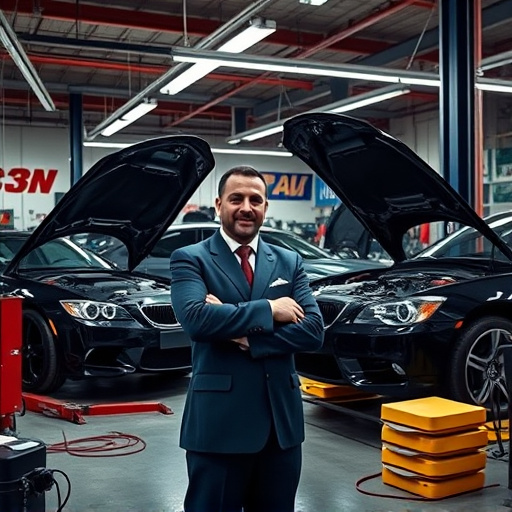
Vehicle paint systems are intricate structures designed to protect and enhance the aesthetics of a car or truck. They typically consist of several layers, each serving a specific purpose. The base coat is the foundational layer, followed by a clear coat that provides shine and protection. Between these lies the color-enhancing pigmented layer, which gives the vehicle its distinctive hue. Understanding these layers is crucial when estimating paint repair costs.
Complexities arise due to variations in paint composition, application methods, and the need for precise matching of colors. Hail damage repair, for instance, often involves removing and replacing the affected panels, requiring skilled labor and specific paint formulations. Similarly, car body repair work might demand the use of advanced techniques like computer-aided color matching to ensure a seamless finish, driving up costs compared to simple touch-ups on minor scratches or dents near me.
Impact of Vehicle Size and Body Style: Explore how larger vehicles with more intricate body panels typically incur higher paint repair expenses compared to smaller, simpler designs.
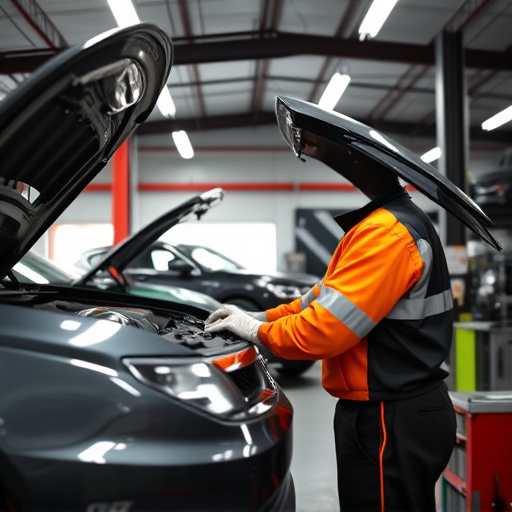
The size and body style of a vehicle play a significant role in determining paint repair costs. Larger vehicles, such as SUVs or trucks, often come with more extensive and intricate bodywork, featuring multiple panels that require meticulous attention during the repair process. Each additional panel increases labor costs, as it demands specialized skills to ensure a perfect match for the surrounding body. Moreover, larger vehicles usually have bigger surface areas exposed to weather elements, which can lead to more severe damage and necessitate more extensive repainting.
In contrast, smaller compact cars or sedans tend to have simpler body structures with fewer panels. This simplification translates into faster and potentially less costly auto body repairs. Simpler designs also mean less material waste during the repair process, further reducing expenses for both paint and labor. Therefore, when assessing paint repair cost estimates, vehicle size and body style are critical factors that can significantly impact the overall price tag.
Considerations Beyond Just Square Footage: Examine various factors like rare or specialized paints, panel replacement vs. repainting, and labor costs specific to certain vehicle types that influence the overall price estimate.
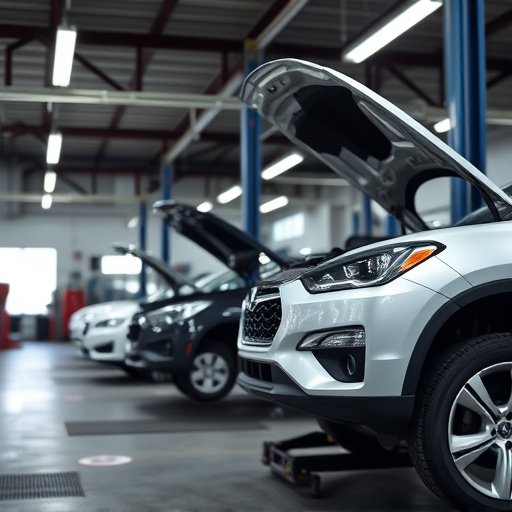
When estimating paint repair costs, going beyond simple square footage is crucial. Different vehicle types demand unique considerations that significantly impact the final price tag. For instance, specialized or rare paints used in luxury cars often come with higher costs due to their exclusivity and the expertise required to match them precisely.
Panel replacement versus repainting is another critical factor. In some cases, damaged panels might need to be replaced entirely, especially if they’re custom-made or from classic vehicles. This not only involves the cost of new parts but also specialized labor for installation. Labor rates vary across vehicle types; sports cars or those with intricate car bodywork may require skilled technicians, driving up costs compared to more common models. These nuances ensure accurate paint repair cost estimates tailored to specific vehicle needs, encompassing both material and labor expenses.
In understanding how vehicle type influences paint repair cost estimates, it’s clear that factors extending beyond simple square footage play a significant role. The complexity of paint systems, vehicle size and body style, as well as considerations like specialized paints and labor specifics, all contribute to the overall price. By considering these elements, auto body shops can provide more accurate estimates tailored to each unique vehicle, ensuring fair pricing for customers without overlooking intricate details that could impact the repair process.

